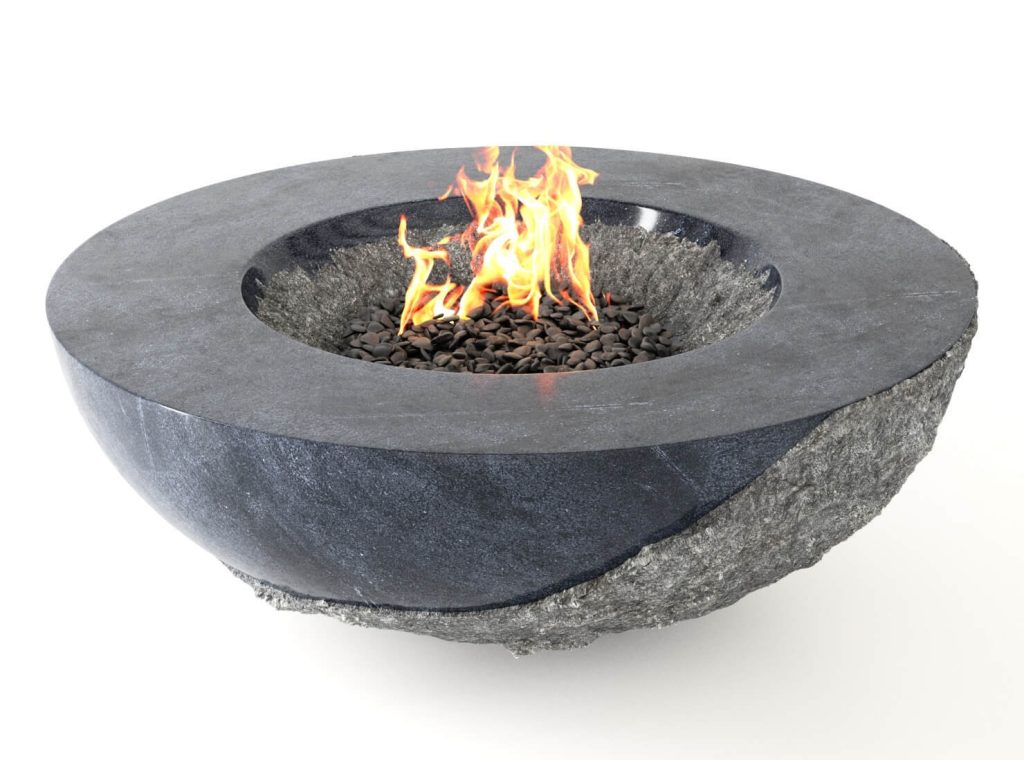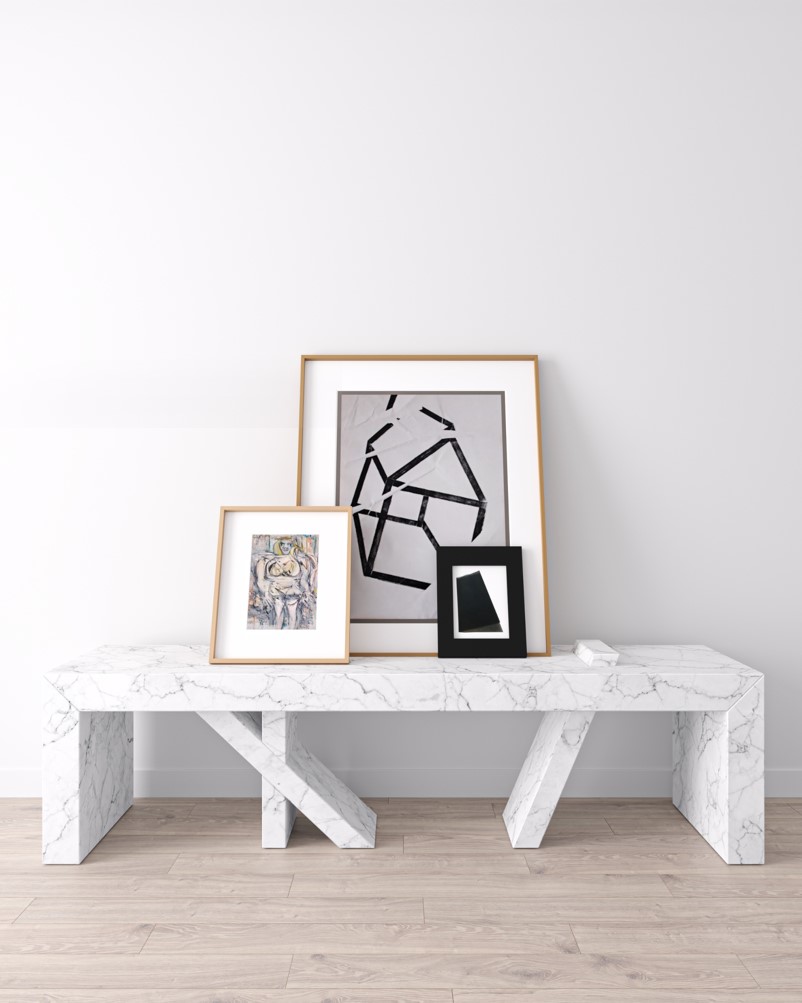A Vision for Inside and Outside from Rottet Collection at ICFF 2022
Architect and interior designer Lauren Rottet debuts kinetic furnishings at this year’s fair

Among the halls of NYC’s Jacob Javits Center, the 2022 International Contemporary Furniture Fair (aka ICFF) portioned the sprawling space into microcosmic visions of design. There, architect and interior designer Lauren Rottet, co-founder of Rottet Studio, debuted an array of impressive furnishings in her eponymous Rottet Collection. Introduced in 2017, Rottet Collection began as a way to meet the designer’s need to furnish commissioned single-family residential and high-rise residential projects, as well as her own homes across the US. Since then, high demand has led to product expansion and the kinetic offerings that populated ICFF this year.

Rottet used her booth to introduce attendees to wares for use inside and outside of the home—with some ideally situated in either. From a small bronze tray with an interchangeable glass surface to exquisite lengthy mirrors and a rug collaboration with Kyle Bunting, the items employ organic shapes, premium materials and sound structure. As for her curatorial approach to ICFF, Rottet tells COOL HUNTING, “Rather than say, ‘Here are a few new pieces,’ I thought it would be good to get it all out there for people to see.”

Underscoring the aforementioned indoor-outdoor capabilities, Rottet’s substantial, geometric Scutoid Planters straddle both. “You can bring plants inside but the thing is, when they’re outside, it’s more organic,” Rottet says. “Inside, everything tends to be very orthogonal and controlled. I started researching what could be considered the basis of organic structures and there was this shape discovered in 2018 called ‘scutoid.'” Rottet translated that shape directly into this dynamic planter. “It’s found in all organic beings. This is the shape between everything and it’s what bonds the cells together. If it wasn’t for the scutoid shape, cells would not bond efficiently and organic beings could not exist.” The form translates well in an item for the home that feels both familiar and unexpected.

On site, Rottet also showcased a hearty, handsome basalt fire pit—which she originally designed specifically for her Montauk house. “I never could find one I liked,” she says. “I wasn’t going to do one of those that are out there that everyone else already has, so I said, ‘OK I’ll make a fire pit for myself.’ I was out in Las Vegas working with a landscape architect and he said, ‘Well I have a source near Palm Springs and he works in basalt.’ I asked for the contact and went and did it for myself.” Part polished, part rough, it’s entirely handmade and no two will ever be alike. “I wanted it to be like he was chipping away and he just stopped,” Rottet adds about a piece that is surprisingly hard to engineer.

Perhaps the star of Rottet Collection’s installation, the Walking Bench was born for the Kips Bay Decorator Show House in Dallas. “I was assigned the entry that everyone walks through,” Rottet says. “The concept [of the house] was to bring the forest in and to use indoor-outdoor furniture. I liked the idea of the shape being organic and giving it a kinetic sense, having it look like it was moving.” Rottet also thought of her own Houston house and imagined a bench that could continue to get longer and longer—so the Walking Bench became something developed in six foot sections.

“I’m always accused of two things: putting too many bars in a hotel and using too many mirrors,” Rottet says with a laugh, when asked about the two mirrors on site. “The mirrors happened because I am influenced by the Light and Space artists. They often hid mirrors in the composition of their work. I can’t stand a still interior environment. You can strategically place mirrors to create energy. With these, the mirror is not the primary statement. It’s the reflectivity and its influence on a space.” As with other Rottet Collection pieces, there’s a dichotomy of warm and cold colors at play.

Positioned beside the mirrors and unifying the floorspace below the furnishings, Rottet Collection’s collaborative rugs tap into both symmetrical and asymmetrical organic forms. “Kyle Bunting and I have been talking for a while and the first rug I did for him was for HD Expo three years ago,” Rottet says. Bunting proposed they do a line together and, as he lived in Austin, Rottet visited his studio. Two of the rugs were designed from watercolors Rottet made while sitting along the Pedernales Rive in Fredericksburg, Texas. “I am terrible at watercolors but when you blow them up and take specific sections they start to get really interesting,” she says. The rugs, much like everything they bring together, demonstrate Rottet’s vast vision and her ability to transform the seed of an idea into something spectacular.
Images courtesy of Rottet Collection











